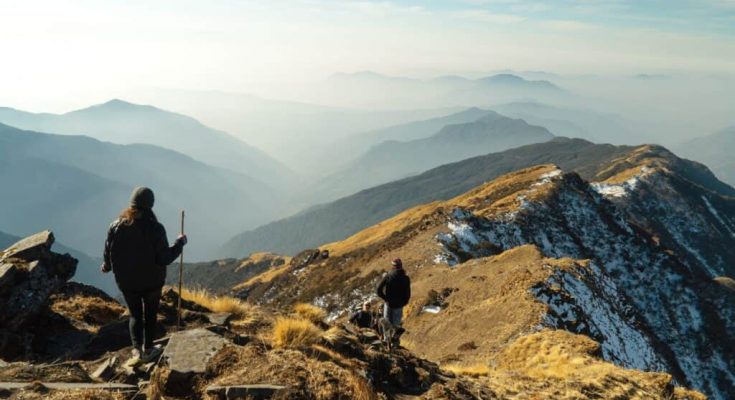Imagine that you and your best friends are going hiking for the first time in the beautiful Australian outback. You’re all set and bursting with anticipation. You have the finest tents, the best sleeping bags, gear, an abundance of tasty food, and a top-notch speaker. But when you visit the hiking route, your friend recommended, everyone finds it disappointing.
Don’t worry; this article will guide you to weigh several considerations and choose the ideal hiking track. In fact, Australia has some of the best hikes around the world. Keep an eye out for the last section for a must-have items checklist to ensure you don’t leave anything behind for your trip.
The Perfect Path
Even though going on a hike is a simple way to see the great outdoors, there are still precautions you should take. You want to finish your journey with a sense of accomplishment rather than collapse from tiredness.
Finding the right track for your hiking ability is essential for your safety. Consider these things about the nature trail you plan to hike before lacing up your boots and setting off.
How far will you travel?
When deciding on a path, looking at the trail’s mileage is not always useful. The average speed at which experienced hikers cross a mile is far higher than that of novices or, for example, a family. In addition, a hike up a steep hill will take far longer than just a walk in a flat field.
Think instead about how quickly your group can move. Three miles per hour is the typical walking speed; however, that assumes flat terrain and low altitude. In general, a mile per hour is a safe speed for hiking in the mountains. A two-hour trek should be on a path that is between two and five miles in length.
Hiking Group Characteristics
Consider the needs of the team as a whole. What level of expertise? Where do you stand in terms of fitness? Do some in the group like sightseeing, while others would rather climb one of the Fourteeners?
As a group moves as quickly as its slowest individual, it may be difficult to accommodate the needs of two quite different hikers on the same trail. It’ll be challenging, but it’s not impossible. Kindly select a gentle path if you’re bringing along novice hikers or young children.
Determine the trail’s level of difficulty
The tolerance for elevation rise is something you’ll learn as you hike, but in the short term, route difficulty assessments will be a tremendous assistance. Will your group be able to work their way through a complicated route while carrying their backpacks full of sleeping bags and other essentials?
Make sure you fully understand the rating system you’re employing before using it. Trails may be categorised as simple, moderate, or challenging, depending on the system. You and your hiking companions will have a more enjoyable outing if you take the time to learn about each route’s level of difficulty.
Overnight Hiking Essentials: a Checklist
- First-aid package, complete with disposable face masks and nitrile hand gloves
- Lighter
- Headlamp
- Equipment: trowel and fragrance-free hand sanitiser
- Supplies for personal hygiene
- Home protection (Including tent, hammock, tarp)
- Trail guide, map, or compass
- Water bottles
- Backpack
- Sleeping bags
- Mattress pad
- Emergency Whistle
- Water purification apparatus
When you make it a practice to evaluate these different ways of determining a route, it will be simple for you to decide whether or not a specific path is suitable for you. This will almost certainly ensure that you hike in a manner that is both safe and enjoyable.




